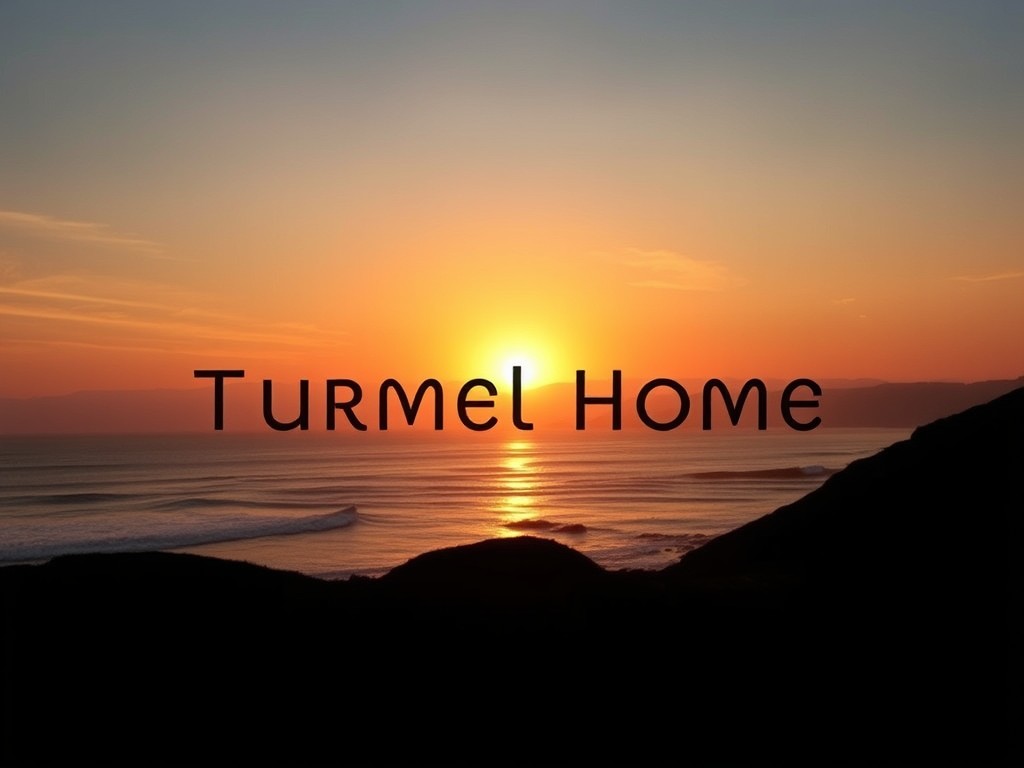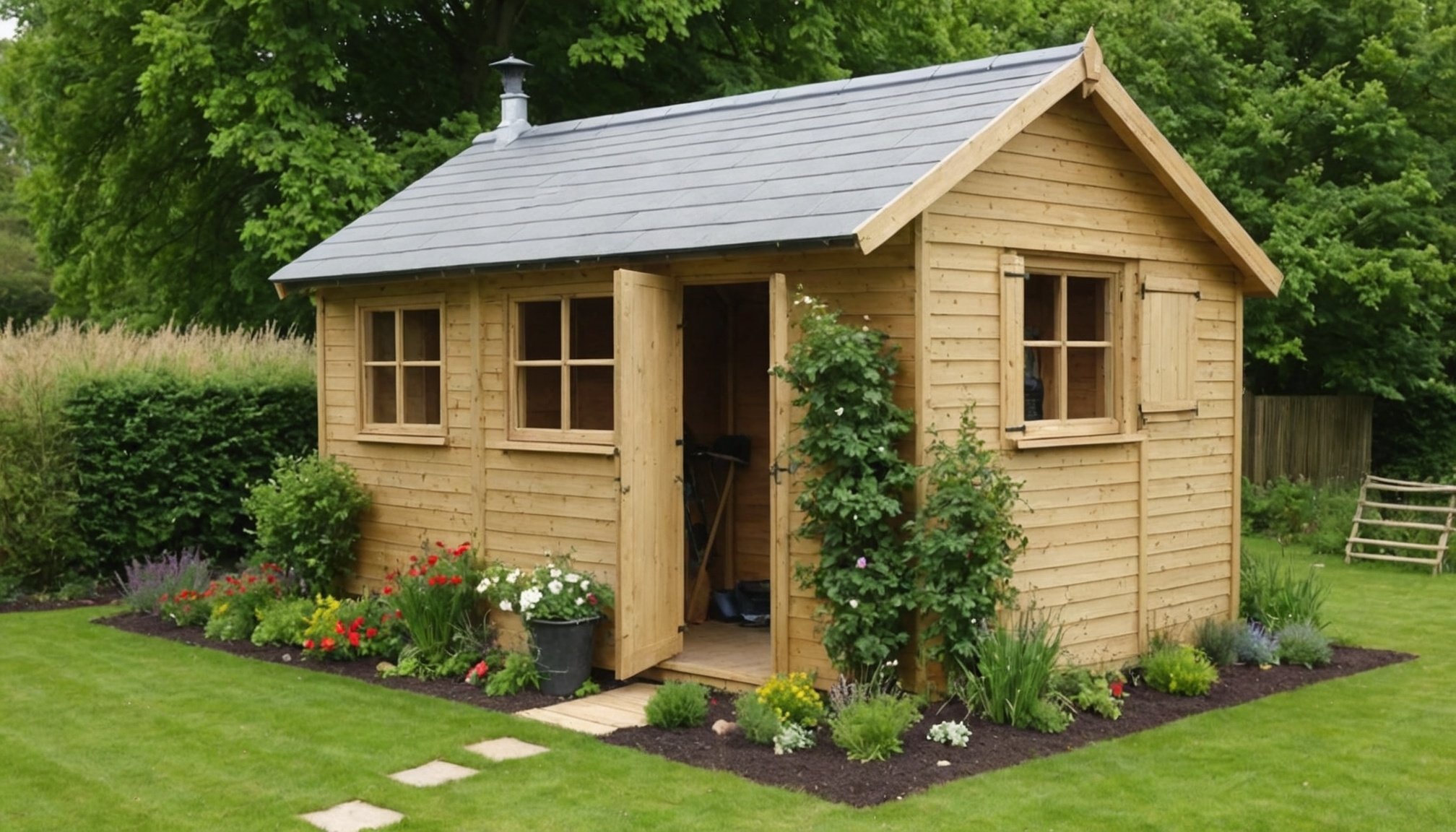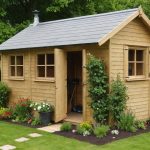Building a Fire-Resistant Garden Shed in the Scenic Countryside of Wales: Essential Tips and Considerations
Why a Garden Shed in Wales is a Great Idea
Wales, with its breathtaking landscapes and picturesque countryside, is an ideal location for building a garden shed. Whether you are a local resident or a visitor looking to enhance your holiday home, a garden shed can serve multiple purposes, from storage and gardening to a cozy retreat. Here, we’ll explore the reasons why a garden shed is a great addition to your property in Wales.
Enhancing Your Property
A garden shed can significantly enhance the aesthetic and functional value of your property. In areas like the Brecon Beacons, where natural beauty abounds, a well-designed shed can blend seamlessly into the landscape while providing a practical space for gardening tools, equipment, and even a hot tub or garden room.
Cela peut vous intéresser : Top 10 Effective Ways to Minimize Noise Pollution in Your Central London Apartment
Year-Round Use
Unlike some other parts of the United Kingdom, Wales has a relatively mild climate, making it possible to use your garden shed year-round. Whether you’re tending to your garden in the spring, enjoying a cup of tea in the summer, or seeking a quiet retreat in the winter, a garden shed can be fully equipped to meet your needs.
Cost-Effective
Building a garden shed is often more cost-effective than constructing a larger outbuilding or extension. It requires less material and labor, making it an affordable way to add value and functionality to your home.
A lire aussi : Essential Factors to Consider When Selecting a Wood Burner Stove for Your Norfolk Cottage
Planning and Permission: What You Need to Know
Before you start building your garden shed, it’s crucial to understand the planning and permission requirements in Wales.
Planning Permission
In the United Kingdom, including Wales, you generally do not need planning permission for a garden shed if it meets certain criteria. For example, the shed must be less than 2.5 meters high and not cover more than half of the land around the original house. However, it’s always a good idea to review the local planning rules and consult with your local authority to ensure compliance.
Building Regulations
While planning permission might not be required, your shed must still comply with building regulations. This includes ensuring the structure is safe, energy-efficient, and meets fire safety standards.
Choosing the Right Materials for Fire Resistance
Building a fire-resistant garden shed is paramount, especially in rural areas where fire risks can be higher.
Fire-Resistant Materials
- Metal Sheds: Metal sheds are inherently fire-resistant but can be prone to rust. Look for sheds made from galvanized steel or aluminum.
- Brick or Stone: These materials are highly fire-resistant and can blend well with the local architecture.
- Fire-Treated Wood: If you prefer a wooden shed, opt for fire-treated wood. This type of wood has been chemically treated to resist ignition.
- Asphalt Shingles: For roofing, asphalt shingles are a good choice as they are fire-resistant and cost-effective.
Doors and Windows
Ensure that your doors and windows are made from fire-resistant materials. For example, metal or fiberglass doors and windows can provide better fire protection compared to wooden ones.
Designing Your Garden Shed for Maximum Utility
The design of your garden shed should reflect its intended purpose and the scenic views of the surrounding countryside.
Purpose-Built Sheds
- Garden Room: If you plan to use your shed as a garden room, consider adding large windows to take in the views. A double bed and tea coffee facilities can make it a cozy retreat.
- Storage: For storage purposes, ensure the shed has ample room and shelving. You might also consider a lockable door for security.
- Hot Tub: If you’re planning to include a hot tub, make sure the shed is fully equipped with the necessary electrical and plumbing connections.
Integrating with the Local Area
When designing your shed, consider the local architecture and natural surroundings. For instance, in Park Wales, you might choose materials and designs that blend with the rural landscape.
Practical Tips for Building Your Garden Shed
Building a garden shed can be a rewarding DIY project, but it’s essential to follow some practical tips to ensure it is both functional and safe.
Preparing the Site
Before you start building, ensure the site is level and clear of any debris. A minute walk around the property can help you identify the best location, taking into account the views and accessibility.
Assembling the Shed
Follow the manufacturer’s instructions carefully if you’re using a pre-made shed kit. If you’re building from scratch, ensure you have a solid foundation and use high-quality materials.
Safety First
Always prioritize safety when building. Wear protective gear, and if you’re unsure about any part of the process, consider hiring a professional team.
Customer Service and Aftercare
Once your shed is built, it’s important to ensure it remains in good condition over time.
Maintenance Tips
- Regular Cleaning: Keep your shed clean and free from debris to prevent fire hazards.
- Inspections: Regularly inspect your shed for any signs of damage or wear and tear.
- Repairs: Address any issues promptly to prevent them from becoming major problems.
Customer Service
Choose a supplier that offers good customer service. Look for companies that provide a pack included with maintenance tips and aftercare advice.
Example of a Successful Garden Shed Project
To illustrate the process, let’s consider an example of a garden shed built in the Brecon Beacons.
Case Study: A Garden Room in the Brecon Beacons
A couple decided to build a garden room in their property overlooking the Brecon Beacons. They chose a purpose-built shed with large windows to take in the views. The shed was fully equipped with a double bed, tea coffee facilities, and even a hot tub. The couple ensured that the shed was built using fire-resistant materials and complied with all local building regulations.
Building a fire-resistant garden shed in the scenic countryside of Wales can be a rewarding project that enhances your property and provides a functional and cozy space. By following the tips outlined above, you can ensure your shed is safe, functional, and blends seamlessly into the beautiful Welsh landscape.
Final Checklist
Here is a detailed checklist to help you get started:
-
Planning and Permission:
-
Review local planning rules
-
Ensure compliance with building regulations
-
Consult with local authority if necessary
-
Materials:
-
Choose fire-resistant materials (metal, brick, stone, fire-treated wood)
-
Select appropriate doors and windows
-
Design:
-
Purpose-built sheds (garden room, storage, hot tub)
-
Integrate with local architecture and natural surroundings
-
Building:
-
Prepare the site
-
Follow manufacturer’s instructions or hire a professional team
-
Prioritize safety
-
Aftercare:
-
Regular cleaning and inspections
-
Address repairs promptly
-
Choose a supplier with good customer service
By following these steps, you can build a garden shed that not only enhances your property but also provides a safe and enjoyable space to stay and enjoy the beautiful views of Wales.
Table: Comparing Fire-Resistant Materials for Garden Sheds
| Material | Fire Resistance | Cost-Effectiveness | Aesthetic Appeal |
|---|---|---|---|
| Metal | High | Medium | Modern |
| Brick/Stone | High | High | Traditional |
| Fire-Treated Wood | Medium | Medium | Natural |
| Asphalt Shingles | High | Medium | Versatile |
Quotes from Experts and Homeowners
- “Building a garden shed in Wales was one of the best decisions we made. It not only added value to our property but also provided us with a cozy retreat to enjoy the beautiful views.” – Sarah Jones, Homeowner
- “When building a garden shed, it’s crucial to choose fire-resistant materials to ensure safety. It’s always better to be safe than sorry.” – John Smith, Building Expert
- “The key to a successful garden shed project is careful planning and attention to detail. Make sure you comply with all local regulations and use high-quality materials.” – Emily Davis, Architect
Booking and Travel Insurance: Additional Considerations
If you’re planning to use your garden shed as part of a holiday home, consider the following:
- Booking: Ensure you have a clear booking policy in place to manage guest stays.
- Travel Insurance: Recommend travel insurance to your guests to cover any unexpected issues.
By considering these additional factors, you can ensure that your garden shed not only enhances your property but also provides a safe and enjoyable space for all users.











